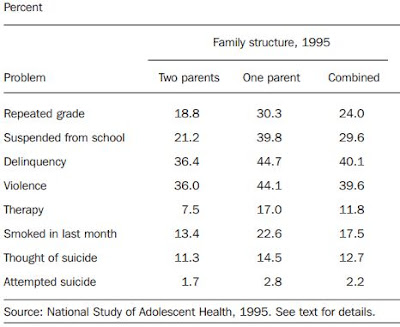Eternal marriage is central to Heavenly Father’s great plan
of happiness. It allows families to find true joy in this life and to continue
and progress throughout eternity. In his first address to the general Church
membership as President of the Church of Jesus Christ of Latter-day Saints,
President Gordon B. Hinckley said: “To my beloved wife of fifty-eight years
later this month, I express appreciation. … How grateful I am for this precious
woman who has walked at my side through sunshine and storm. We do not stand as
tall as we once did. But there has been no shrinkage in our love one for
another.”
Many people believe that marriage and family life are only
mortal experiences, based upon contractual marriages. But as members of the
Church, we know that a worthy couple can enter the temple and, through a sacred
priesthood ordinance, be sealed together as husband and wife for eternity. When
a man and woman are married in this way, an eternal family begins, based upon
covenant marriages.
Bruce C. Hafen explained the difference between contractual and covenant marriage this way, “When troubles come, the parties to a
contractual marriage seek happiness by walking away. They marry to obtain
benefits and will stay only as long as they’re receiving what they bargained
for. But when troubles come to a covenant marriage, the husband and wife work
them through. They marry to give and to grow, bound by covenants to each other,
to the community, and to God. Contract companions each give 50 percent;
covenant companions each give 100 percent.”
A contractual
marriage is a union between a man and a woman performed in a secular place. As
Bruce C. Hafen said, “Even secular marriage was historically a three-party
covenant among a man, a woman, and the state.”
A covenant
marriage is between a man and a woman, and Heavenly Father performed in the
Lord’s Temple. When we enter into the new and everlasting covenant of marriage,
the union becomes far more than a civil contract. The ordinances in the temple
draw us heavenward as God becomes a partner to our covenants. These ordinances
can help us gain an eternal perspective of our marriage and be more committed
to each other and to God.
In “The Family: A Proclamation to the World,” the First
Presidency and Council of the Twelve Apostles proclaim “that marriage between a
man and a woman is ordained of God and that the family is central to the
Creator’s plan for the eternal destiny of His children.” This keynote sentence
of the proclamation teaches us much about the doctrinal significance of
marriage and emphasizes the primacy of marriage and family in the Father’s
plan. Righteous marriage is a commandment and an essential step in the process
of creating a loving family relationship that can be perpetuated beyond the
grave.
Eternal marriage is not merely a temporary legal contract
that can be terminated at any time for almost any reason. Rather, it is a
sacred covenant with God that can be binding in time and throughout all
eternity. Faithfulness and fidelity in marriage must not simply be attractive
words spoken in sermons; rather, they should be principles evident in our own
covenant marriage relationships.
A favorite quote from President Gordon B. Hinckley, “How
sweet is the assurance, how comforting is the peace that come from the
knowledge that if we marry right and live right, our relationship will continue…”
References:
Bednar, D.A. (2006, June) Marriage is Essential to His
Eternal Plan. Ensign. Retrieved from
https://www.lds.org/ensign/2006/06/marriage-is-essential-to-his-eternal-plan.p1?lang=eng
Hafen, B.C. (1996, October) Covenant Marriage. Ensign.
Retrieved from https://www.lds.org/general-conference/1996/10/covenant-marriage?lang=eng
Hinckley, G.B. (2003, July) The Marriage That Endures. Ensign. Retrieved from https://www.lds.org/ensign/2003/07/the-marriage-that-endures?lang=eng
Hinckley, G.B. (1995, May) This Is the Work of the Master.
Ensign. Retrieved from https://www.lds.org/ensign/1995/05/this-is-the-work-of-the-master?lang=eng














